About
The Trust and Trust Land Office
HISTORY
In the years preceding statehood, the territory of Alaska had few resources to provide for the mentally ill or those with intellectual and developmental disabilities, many of whom were sent by the federal government to outside institutions after being charged and convicted for being “insane and at large.” In 1956, Congress transferred the responsibility for providing mental health care to the territory and ultimately the state, establishing the Alaska Mental Health Trust and granting it one million acres of land to generate income for a comprehensive mental health program. However, in a class action lawsuit ruling in 1984, the Alaska Supreme Court determined the state breached its fiduciary responsibility to manage Trust land. In 1994, after many years of litigation, in a final landmark settlement the Alaska Mental Health Trust was reconstituted with $200 million and one million acres of land. The Permanent Fund Corporation was assigned management of the cash corpus as a commingled allocation of the Permanent Fund and the Trust Land Office was created to effectively manage the non-cash assets. The Alaska Mental Health Trust Authority was established to administer beneficiary programs.
Learn more on our Trust history webpage.
TRUST BENEFICIARIES
For more than 25 years, the Alaska Mental Health Trust Authority has administered the trust and served Alaskans who experience mental illness, intellectual and developmental disabilities, substance use disorders, Alzheimer’s disease and related dementia and traumatic brain injuries.
Visit our beneficiaries stories webpage.
WORK OF THE TRUST
The Trust is the only organization of its kind in the United States. It works similarly to a private foundation, funding projects and programs that promote long-term systemic change and improve the lives and circumstances of beneficiaries. A further condition of the settlement established an independent board of trustees appointed by the governor and confirmed by the Alaska Legislature to oversee Trust operations.
The Trust designates a majority of its annual budget for grants to beneficiaries, nonprofits, service providers, tribal entities, governmental agencies and other groups that prioritize goals and initiatives consistent with the Trust’s mission. More than $20 million in grants are provided across the state for community-based projects, statewide efforts and mini grants each year.
TRUST FOCUS AREAS
The Trust concentrates its efforts in a select number of areas including:

